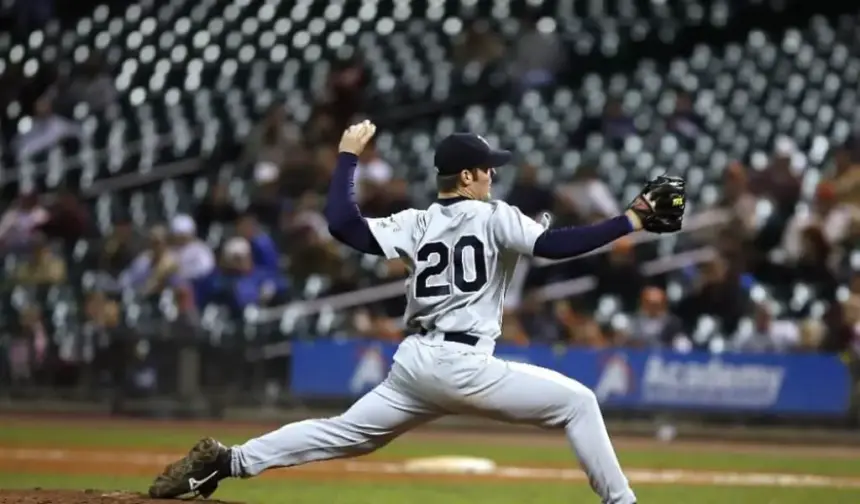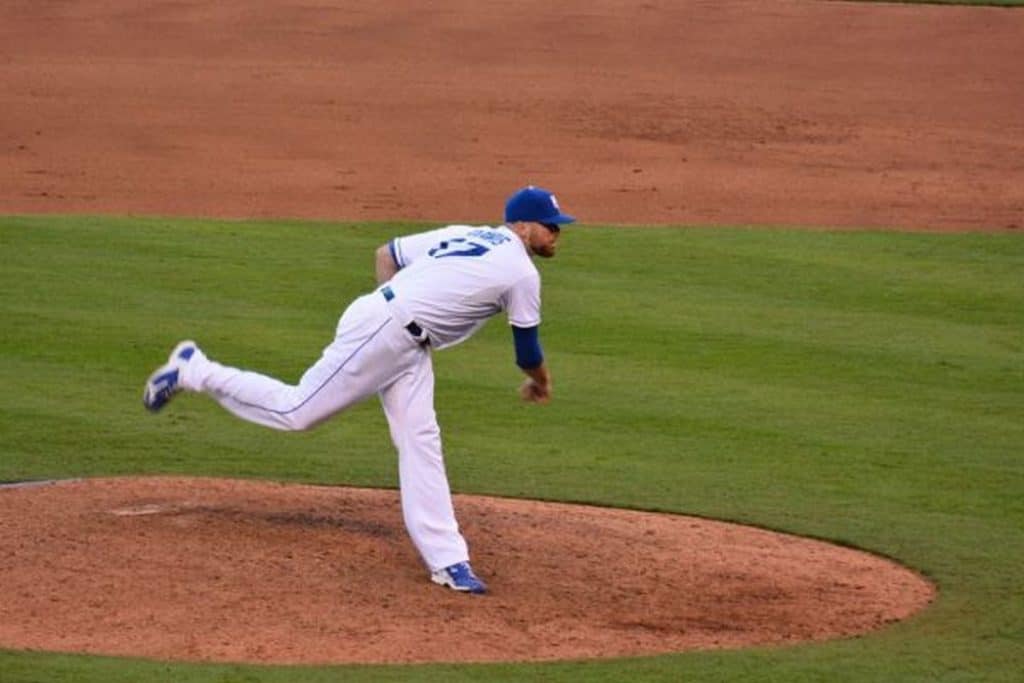What Does SU Mean In Baseball? (Answered In Detail!)
Looking at a baseball game report, you’ll notice that it’s filled with acronyms.
They can refer to games stats, both team and individuals, as well as players’ roles and positions on the field.
Some acronyms, such as DH or 1B, are well known even to those who don’t follow the game that much.
However, others often leave more casual fans confused.
Not knowing all these acronyms can sometimes hinder our ability to fully understand the game and keep track of everything going on the field.
To make things even more confusing, some of these acronyms don’t even give a hint of what they may be referring to.
Among them is SU, an acronym for which a lot of people are not totally sure what it stands for.
To clear things up a bit, I’ll explain what does SU mean in baseball and how it’s important to a game of baseball.
Table of Contents
What Does SU Mean In Baseball?

When talking baseball, SU stands for Setup Pitcher. Also known as Setup Man or Setup Reliever.
SU is, in short, a relief pitcher, regularly pitching before the closer.
Commonly, the Setup Pitcher steps up to the mound in the eighth inning and that’s usually the only inning they play in.
This position is typically played by the second-best relief pitcher on the team, right behind the closer.
In the early days of baseball, Setup Pitcher, as a specific role, didn’t exist simply because there was still no Closing Pitcher.
However, with the emergence of Closing Pitchers and their reduction to one-inning specialists, the role of the SU became more important and more relevant to the final outcome of the game.
In modern baseball, there’s even a separate statistical category (although unofficial in the MLB) to measure the effectiveness of the setup men, the Hold, or HLD for short.
What Is The Position SU In Baseball?
Commonly, SU next to the player’s name doesn’t show up when you look at a baseball team roster.
Still, the Setup Pitcher is a very valuable role and often one of the keys to winning or losing a game.
You will mostly see the team’s pitchers divided into three categories: Starting Pitchers (SP), Relief Pitchers (RP), and Closing Pitchers (CP).
These designations are a relatively new thing in baseball, but they gained a lot of traction lately.
One of the main reasons for this is their prominence in popular baseball video games, such as The Show.
Setup Pitchers belong in the second of these three categories – Relief Pitchers, along with Middle and Long Reliever, as well as Mop-Up Man.
Being a Setup Pitcher, a player can expect to be called up late in the game, before the closer takes the mound, and pitch for roughly one inning.
What Does A Setup Pitcher Do?

Even though they may pitch more innings on rare occasions, the Setup Pitcher’s responsibilities usually start and end with the eighth inning.
They bridge the gap between the starting pitcher and long or middle relievers on the one side and the closer on the other.
Even though they don’t get much of the glory or salary that closers do, Setup Pitchers are instrumental in helping closers do their job.
Closer is usually called when the team has a small lead late in the game. Their role is to get the three outs or less of a close game.
However, as the starter finishes his stints it’s still not the situation in which you call for your best reliever.
So, middle relievers are called in, and the Setup Pitcher is the best of them. He basically does in the eighth inning what the closer does in the ninth – maintain the lead.
Can A Closer Be A Setup Pitcher?
Closers and Setup Pitches commonly share a similar set of skills, so closers can undoubtedly serve as SUs if needed.
However, most managers prefer to save them for end-game situations due to their ability to keep composure under pressure and ability to pitch strongly against both left and right-handed batters.
On the other hand, many setup pitchers eventually become closers, and that is how many closing pitchers started.
Efficient pitching in a short amount of time (usually just one inning) is a great recommendation for SUs to be promoted to closer.
With the role of closer, comes a higher salary, better stats, and a greater opportunity to be selected for the MLB All-Star Games,
How Are Setup Pitchers Evaluated?
Relievers are most commonly evaluated by the number of saves.
However, due to the nature of their position, Setup Pitchers rarely have the opportunity to record saves, unlike closers.
They’re more often charged with blown save in case they pitch poorly.
So, statisticians have developed a new category to measure the effectiveness of SU’s play – hold (HLD).
A hold is not too much different from the save and has similar requirements. To be rewarded a hold, a Setup Pitcher must step to the mound in a “save situation”.
This means that he enters the game in conditions where a save can be recorded, a lead of three runs or less.
In order to record a hold, the same player must leave the field with the said lead intact.
Even though hold is not recognized as an official MLB stat, it’s still frequently used to evaluate Setup Pitchers and other non-closing relievers.
Conclusion
Despite their name, the role of a Setup Pitcher doesn’t have much to do with setting up the next reliever or closer.
Their job can be better described as the one of maintaining or creating momentum for the closer.
Setup Pitching is best understood if you think of a baseball game as a relay race. Starting pitchers are marathon runners, doing most of the work,
Relievers in this metaphor are partners and the closer is the anchor – the best sprinter you have available.
This makes the Setup Pitcher, your next best sprinter, the guy who puts the closer in the position where he can close the game, or in the metaphor the race.
I hope that this may help you better understand SU’s role.
Although often underrated, they are still very important to team success and can be the key component in winning the game.




